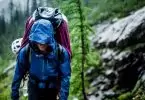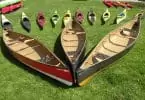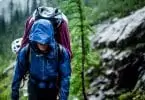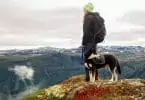There are plenty of reasons to go hiking, as you’re likely aware. It’s a fantastic way to get exercise, for a start: navigating hilly terrain will bring you immense leg strength, while pacy sessions on flat plains can get your endurance to an all-time high. It’s also highly enjoyable, allowing you to get fresh air and contemplate life whether you’re alone or with friends.
But in a time of urban living and remote working, one of the greatest benefits of hiking is that it shows you the beauty of nature. You can get away from all the screens, forget the cold apathy of city life, and take in the lush vibrancy that still shines through off the beaten path. And if you choose the area well, you can encounter and observe fascinating wildlife.
In this post, we’re going to look at some key tips for embracing nature on your next trip, detailing how you can hike far and wide in a satisfying and responsible way. Let’s get to them!
Carry out research beforehand
No matter how much you know about plant life or the animal kingdom, hiking a particular trail without doing some research beforehand will ensure that you miss out on some key elements. What’s the history of the area? How has it changed over the years? The more you learn about it, the better you’ll understand how local wildlife must have been affected. This will provide vital context and help you appreciate the fundamental adaptability of the natural world.
If the place is known well, you’ll have no shortage of sites to check. If it isn’t, look to resources such as Google Maps to see what visitors have said. You can also search for nearby hiking organizations: if there are some around, you can contact them to ask some core questions and run your plans by them. They may have some key tips that will help you overall.
Take suitable clothing and equipment
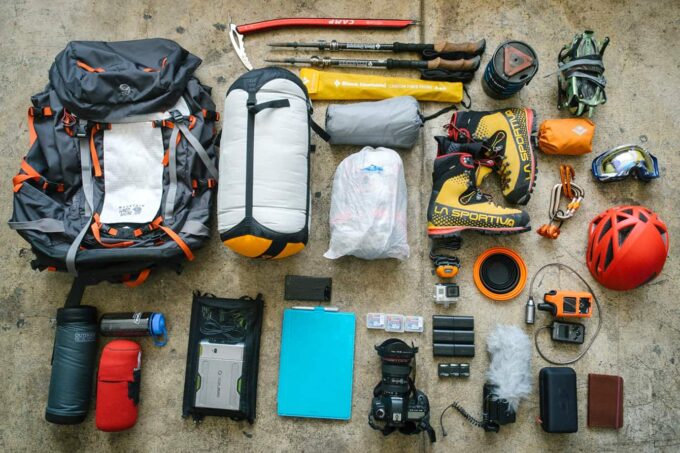
Source: faveable.com
Being prepared for your environment is obviously crucial, and this goes beyond simply choosing between summer and winter clothing. There’s so much you can do to ensure that you’re fully ready for the trail you intend to take. The circumstances will shape how you should dress, for instance: if there’s danger involved, you should wear high-visibility clothing, while it’s otherwise best to wear muted colors to avoid distracting wildlife too much.
Having the right equipment is another key step. If you’re going to be watching birds, you’ll obviously need a good set of binoculars (RSPB has a good selection if you’re looking to buy: click here to take a look), while a flashlight will be invaluable if you’re going to be moving around at night or moving through sheltered areas. Remember not to overload yourself, though. Packing too much will be almost as bad as packing too little.
Minimize the impact you make
Your role as a hiker should be to observe, not disrupt, and you need to act accordingly. When hikers act irresponsibly and cause issues in the trails they visit, it inconveniences everyone: local ecosystems are thrown out of balance, of course, and the very practice of hiking is made to look bad, leading protective locals to be significantly less welcoming. In ideal circumstances, you’ll leave your hiking trip without much of a trace.
In addition to using the right items of clothing as noted before (footwear is especially significant since the wrong boots can tear up the ground), you must make an effort to limit the weight and indelicacy of your actions. Mind your footing, tread lightly, make limited noise (certainly don’t have a portable speaker blaring), and look after everything you encounter. Additionally, if you spot any litter, pick it up (along the lines of plogging). You can actually be good for the trail.
Allow sufficient time to be patient

Source: forbes.com
When you rush through a hiking trip, everything gets worse. Not only do you start to negatively impact the environment by making basic mistakes in your movement, but you also fail to appreciate things as you should. This is why it’s essential to plan your trip properly and give yourself plenty of time to calmly and peacefully take in everything around you. Time to breathe, relax, and contemplate deeper things. Being in a hurry is contrary to the goals of hiking.
If you think it’ll take you a couple of hours to get through a hiking trail at a modest pace, budget for four hours. If it ultimately takes less time, no problem: you can enjoy a subsequent walk, or just get some rest before the next leg of your journey. And if you ever realize too late that you don’t have enough time to get through a hiking trip patiently, consider rescheduling the whole thing instead of trying to speed through it in an unsatisfactory manner.
Proceed with no set expectations
Lastly, something that every hiker should remember when exploring the natural world is that it’s always better to avoid setting expectations. Yes, you should do research, but that’s to help you frame the things you encounter: it isn’t about guaranteeing particular experiences. The animals you’re hoping to see might not be there at all. If that happens and your whole desire for the trip was wrapped up in that prospect, you’ll be desperately disappointed.
But if you start your hike with an open mind — accepting, for instance, that the weather may go in any direction (snow, rain, hail, fog, or even glorious sunshine) — then you’ll have a better time as a result. You’ll take things as they are instead of comparing them to what you hoped they would be. That’s a great lesson for life in general, admittedly, but it’s keenly applicable here because even the muddiest and foggiest trails can still be fun if you can focus on what they are instead of what you might have hoped they would be.
Wrapping up, then, going hiking is a spectacular and enriching way to experience the natural world, but you need to get your approach right if you’re going to get the most out of it. Follow the tips we’ve set out here, choose your destination carefully, and you’ll no doubt have a great outing on your next hiking trip.


